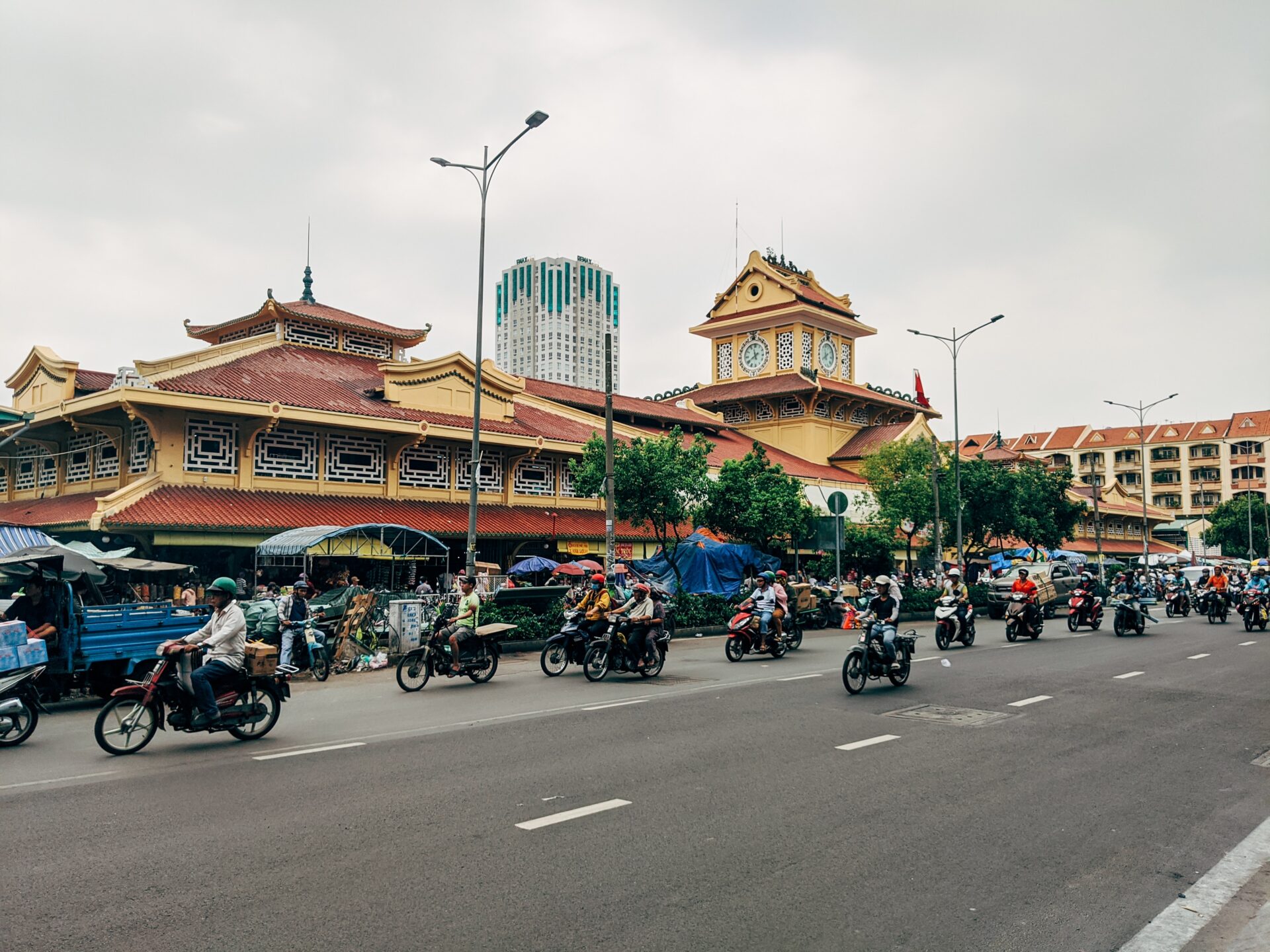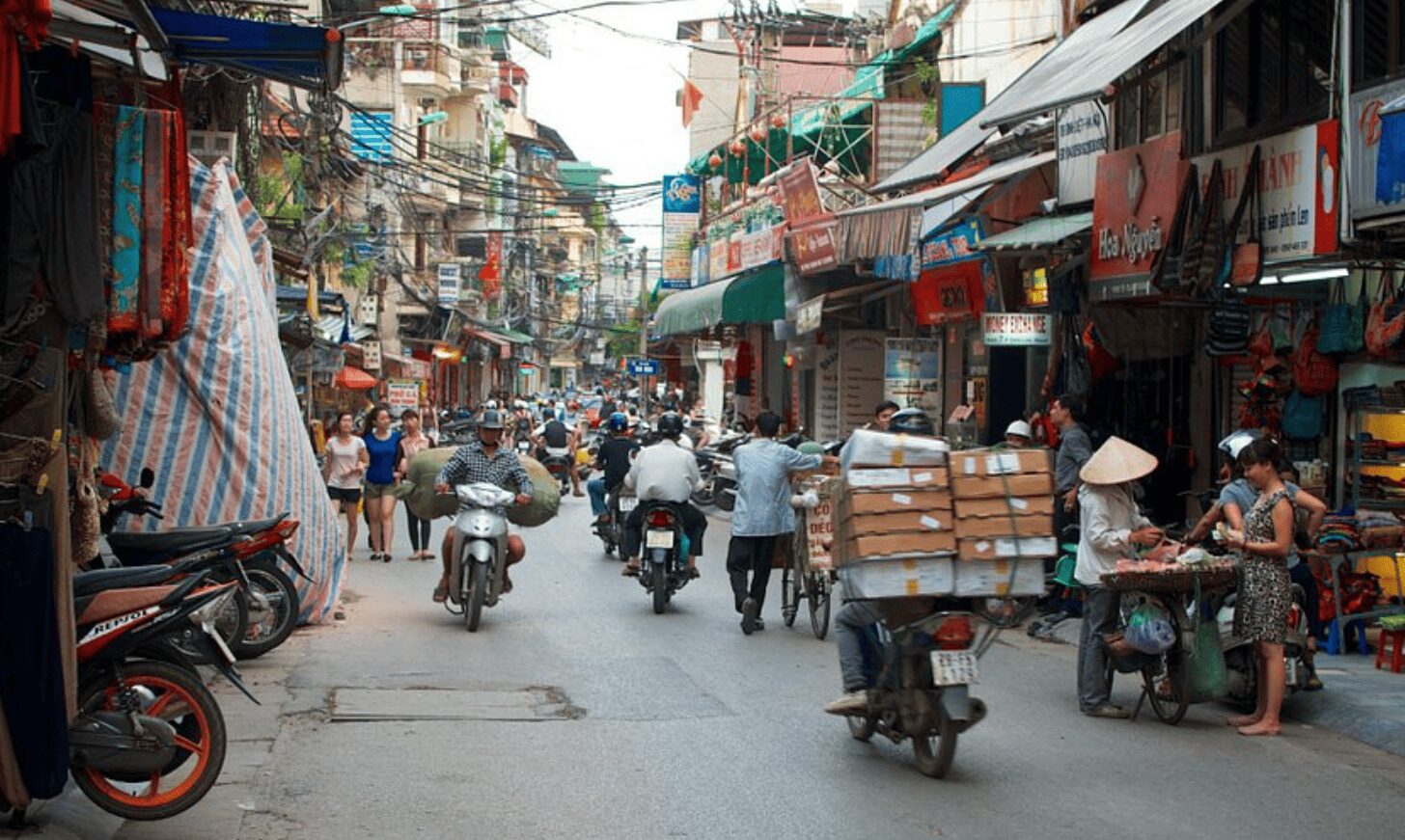【For Advanced Learners】The Path to Mastering Vietnamese! A Practical Learning Guide for Advanced Learners

Mastering Vietnamese at an advanced level opens the door to cultural exchange beyond just understanding the language. This article introduces ways to enhance your advanced-level Vietnamese communication skills through practical conversation examples in everyday scenarios. Let’s polish your Vietnamese proficiency with appropriate expressions and refined conversation skills suitable for various situations.
目次
1. Conversation with Someone You’ve Just Met
Conversations with people you meet for the first time are excellent opportunities to test your fluency and social skills in Vietnamese.
Person A (Vietnamese): “Xin chào! Bạn từ đâu đến?” (Hello! Where are you from?)
Person B (Learner): “Xin chào! Tôi đến từ Nhật Bản. Rất vui được gặp bạn.” (Hello! I am from Japan. Nice to meet you.)
Person A: “Bạn đã bao lâu ở Việt Nam?” (How long have you been in Vietnam?)
Person B: “Mới chỉ một tuần thôi.” (Just a week so far.)
Person A: “Bạn thấy sao về Việt Nam?” (What do you think about Vietnam?)
Person B: “Rất thú vị và mọi người rất thân thiện.” (It’s very interesting, and the people are friendly.)
2. Conversation on an Airplane
Conversing with the person next to you on an airplane is also a great way to test your language skills.
Person A (Learner): “Bạn có phải là người Việt Nam không?” (Are you Vietnamese?)
Person B (Vietnamese): “Vâng, tôi là người Việt Nam.” (Yes, I am Vietnamese.)
Person A: “Bạn đi đâu vậy?” (Where are you heading?)
Person B: “Tôi đang trở về Hà Nội sau chuyến công tác.” (I’m returning to Hanoi after a business trip.)
Person A: “Bạn thường xuyên đi công tác không?” (Do you travel for business often?)
Person B: “Khá thường xuyên, đặc biệt là trong khu vực Đông Nam Á.” (Quite often, especially within Southeast Asia.)
3. Conversation in a Restaurant
Ordering in a restaurant is a practical application of the Vietnamese language.
Person A (Learner): “Tôi có thể xem thực đơn không?” (Can I see the menu?)
Person B (Waiter): “Dạ, đây là thực đơn.” (Yes, here is the menu.)
Person A: “Bạn có món gì để giới thiệu không?” (Do you have any recommendations?)
Person B: “Dạ, món phở bò rất được ưa chuộng.” (Yes, our beef pho is very popular.)
Person A: “Vậy tôi sẽ thử món đó.” (Then I will try that.)
Person B: “Bạn muốn uống gì không?” (Would you like something to drink?)
Person A: “Tôi sẽ uống nước lọc.” (I’ll have water, please.)
4. Conversation When Paying the Bill
Conversations during payment are opportunities to use knowledge of numbers and amounts.
Person A (Learner): “Tôi muốn thanh toán.” (I would like to pay.)
Person B (Waiter): “Tổng cộng là một trăm nghìn đồng.” (The total is 100,000 dong.)
Person A: “Bạn có nhận thẻ tín dụng không?” (Do you accept credit cards?)
Person B: “Rất tiếc, chúng tôi chỉ nhận tiền mặt.” (Unfortunately, we only accept cash.)
Person A: “Vậy tôi sẽ trả bằng tiền mặt.” (Then I will pay in cash.)
Person B: “Cảm ơn bạn, chúc bạn một ngày tốt lành.” (Thank you, have a nice day.)
5. Conclusion
As an advanced learner of Vietnamese, practicing conversational skills in everyday life can further enhance your language abilities. We hope this guide helps enrich your communication in Vietnam and deepens your cultural understanding. Through real-life conversations, enjoy the journey of being an advanced Vietnamese speaker.
(Photo by Unsplash.com)



